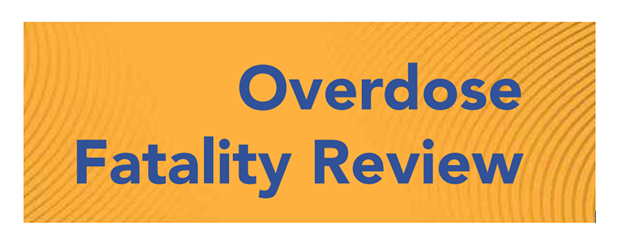Widely replicated outside Maryland, local multi-disciplinary teams review data behind overdose deaths to inform programs across the continuum of care
In 2014, Maryland enacted legislation allowing counties to form Local Overdose Fatality Review Teams (LOFRT) composed of a county health officer and staff from social service agencies, law enforcement, EMS, substance use treatment and prevention programs, and other agencies and individuals involved in responding to the opioid overdose crisis. Teams are given authority to access and analyze data from multiple sources to better understand factors involved in overdose deaths and provide timely feedback to improve overdose prevention efforts. Individual fatality case reviews are conducted to identify potential opportunities for interventions, programs, and strategies that, had they been available, may have prevented the fatality. Findings are communicated to the relevant responders and agencies via the participating team members.
At least five states besides Maryland have implemented LOFRTs, including New Hampshire, Pennsylvania, Minnesota, Arizona and West Virginia (see here for program descriptions in these states), and a model law for establishing review teams has been developed. Detailed guides to implementing teams and their operation are available here and here.
Analyzing data on factors behind each overdose death is key to implementing effective overdose prevention programs.









